Blending with Playlists
A Principal's Reflections
FEBRUARY 3, 2019
In an effort to personalize learning more and more educators are turning to blended learning strategies. When it comes to personalized learning , the “personal” should be emphasized. In many cases, but not all, technology is a catalyst to facilitate the personalization of the learning environment.


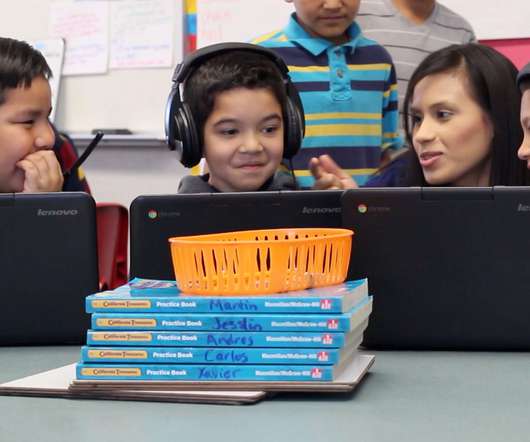

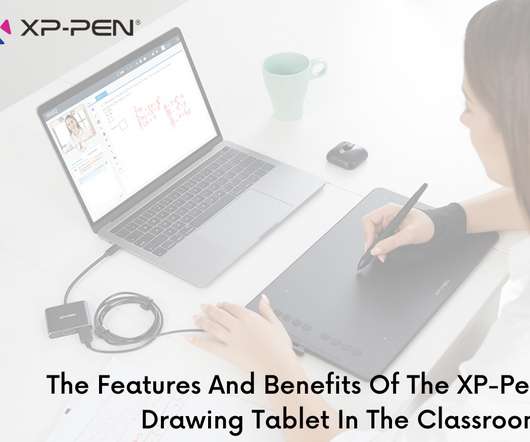










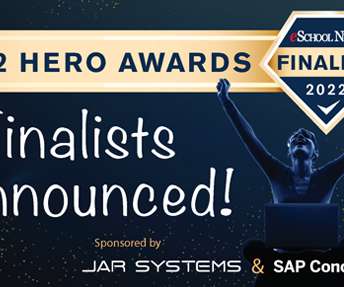
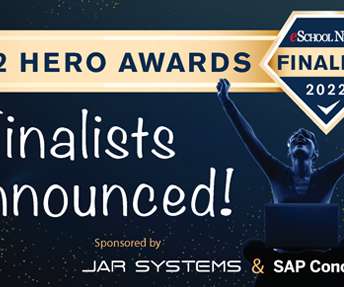
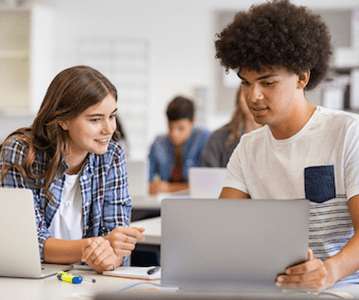













Let's personalize your content